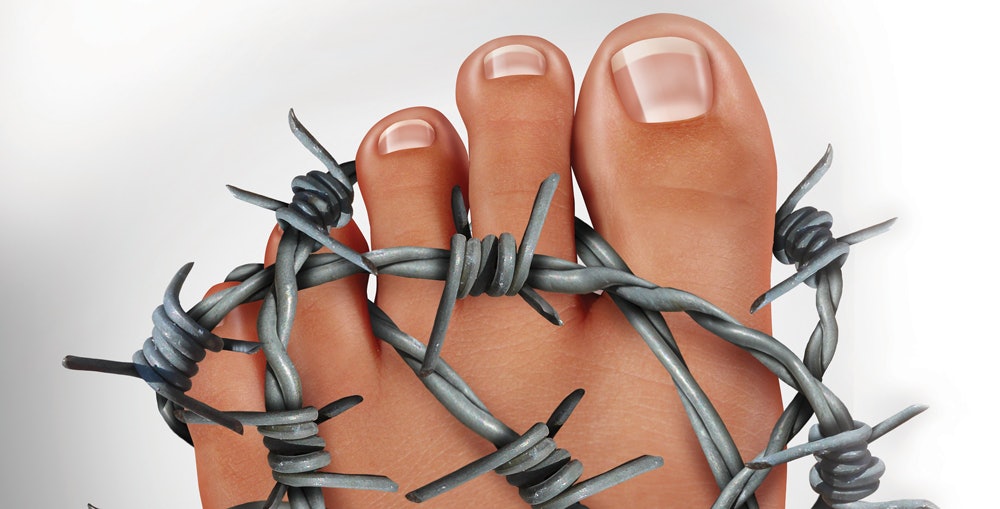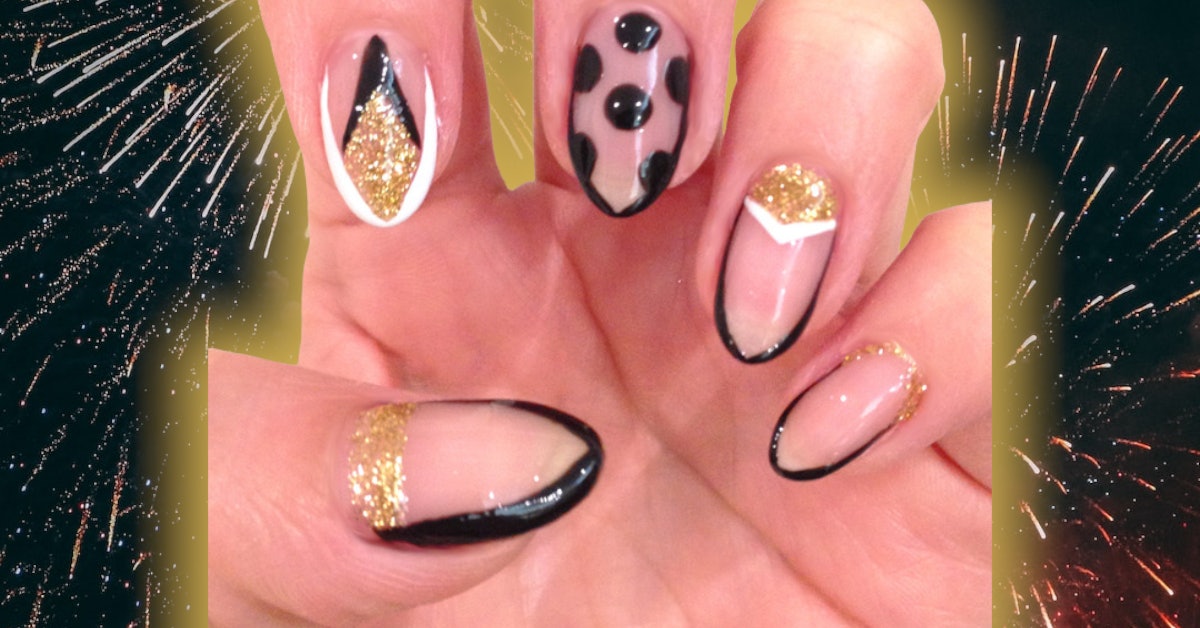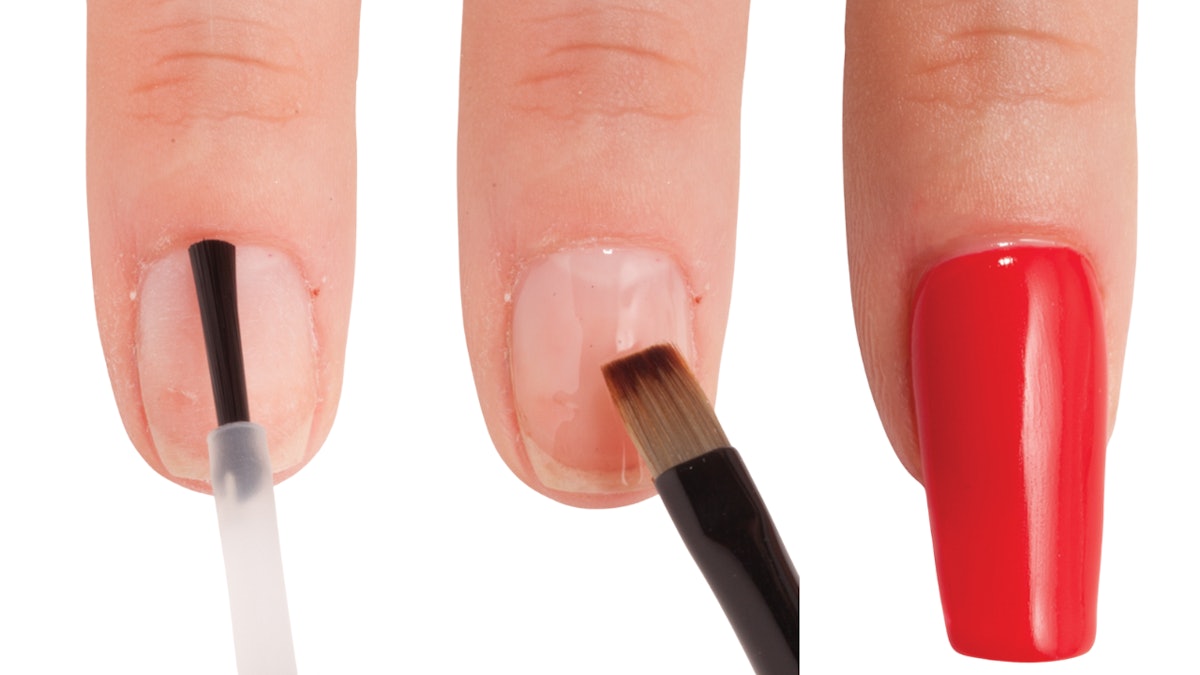Understanding Calluses and Ingrown Nails
Calluses and ingrown nails are common foot conditions that can lead to significant discomfort and pain. While they may seem like mere nuisances, understanding their causes, symptoms, and management options is crucial for maintaining healthy feet. In this article, we will delve into these conditions, providing insights on effective management strategies.
What Are Calluses?
Calluses, also known as tylomas or hyperkeratosis, form as a protective response to areas of excessive friction or pressure on the skin. These thickened skin patches often develop on weight-bearing areas, such as the heels or balls of the feet, and can sometimes become painful.
Symptoms of Calluses
Recognizing the symptoms of calluses is the first step toward effective management:
- Thickened hard skin
- White or yellowish color
- Lacks defined edges
- Loss of sensation on the callus
- Dry, flaky skin that may crack
- Typically appears on pressure points
- May cause pain and discomfort
Causes of Calluses
Understanding what causes calluses can help in prevention and treatment:
- Friction and pressure from shoes or activities
- Loss of fat pads due to aging
- Poorly fitting footwear
- Bunions and other toe deformities
- Dropped arches
- Abnormal walking patterns
- Physical disabilities
Management Strategies for Calluses
Effective management of calluses involves a combination of good foot hygiene, proper footwear, and careful treatment:
- Use soap-free soaks and cleansers for gentle cleaning.
- Apply a non-aggressive skin softening product to the affected area.
- Engage in gentle callus reduction, typically reducing between ½ and ⅔ of the thickness.
- Stay within your scope of practice when addressing calluses.
- Avoid using blades or aggressive tools.
- Ensure clients wear properly fitted footwear.
- Recommend wearing socks with shoes to reduce friction.
- Advise on gentle exfoliation scrubs specific for foot care.
- Promote the use of orthotic insoles or arch supports.
- Encourage daily moisturizing with foot-specific products.
- Schedule regular maintenance and care appointments.
- If the callus exhibits any unusual colors, advise clients to seek medical attention.
Ingrown Nails: A Complication to Watch For
Ingrown nails, commonly affecting the big toe, occur when the nail grows into the surrounding skin. This condition can cause considerable pain and may become infected if left untreated.
Symptoms of Ingrown Nails
It’s essential to recognize the symptoms of ingrown nails:
- Redness and swelling around the nail.
- Pain at the site of the nail growth.
- Increased warmth and tenderness in the affected area.
- Presence of pus in severe cases.
Causes of Ingrown Nails
Several factors can contribute to ingrown nails:
- Poor nail trimming practices.
- Wearing tight shoes that crowd the toes.
- Genetic predisposition to curved nails.
- Trauma to the toenails or foot.
Management Strategies for Ingrown Nails
Addressing ingrown nails requires careful attention. Here are some strategies:
- Soak the affected foot in warm water to reduce swelling.
- Keep the area clean and dry to prevent infection.
- If possible, lift the nail edge gently with a cotton ball.
- Avoid tight shoes until the condition improves.
- Seek professional care if symptoms worsen or do not improve.
When to See a Professional
While self-care is effective for many individuals, there are circumstances where seeking professional help is essential. If calluses or ingrown nails exhibit unusual colors, persistent pain, or signs of infection, refer the client to a medical professional for further evaluation and treatment.
Educational Excellence: The Author’s Background
Debra Bourque, the founder and director of education for SAFE (School of Advanced Footcare Education), brings over 24 years of experience in specialized foot care. Her extensive education and certifications in podology equip her with the knowledge necessary for providing effective foot care solutions. Recognizing the importance of education, Debra emphasizes the need for ongoing learning in ensuring safety at every step.
Conclusion
Effectively managing calluses and ingrown nails is critical for maintaining optimal foot health. By understanding the symptoms, causes, and management strategies, individuals can take proactive steps to reduce discomfort and prevent complications. Always emphasize the importance of seeking professional advice when dealing with more serious conditions. Your feet carry you through life; take care of them!



